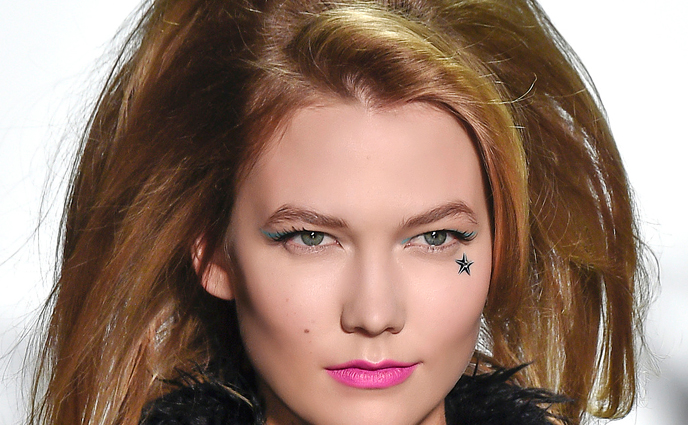If you seek immediately visible results, try hair-building keratin microfibers such as Focus Hair Building Fibers, $24.95, and Toppik Hair Building Fibers, $24.95. WAnd while the secret behind what makes these fibers work is all very scientific (the fibers basically act as a magnet and bond with your hair), we think Toppik's ingenious ad campaigns really show the results best. "These aren't permanent solutions to hair loss," says Ellery, "but rather a short-term camouflaging technique that resists sweat, rain and daily wear, and wash out easily with shampoo." If your scalp is starting to show bare patches, these fibers (which come in eight or nine different shades) are a quick solution with no telltale signs of anything unnatural.
Nioxin Thinning Hair System Kits combine peppermint oil, vitamins and purifying agents to give your strands fullness while protecting against further damage and breakage. Six varieties lets you choose a specific system to match your hair texture, pattern of hair thinning and natural or chemically treated hair. Dr. Graf recommends choosing a kit with Glyco-Shield, a complex that offers protection from daily environmental gunk like smog, pollen and dirt.
Don't underestimate the lifestyle factor. "When you're worried and stressed, your cortisol levels go up, and your body attacks itself," Reyman says. Indeed, a 2016 article in the Journal of Drugs in Dermatology found that high levels of cortisol are related to certain hair growth disorders. Poor nutrition can also lead to hair loss, especially when levels of iron, zinc and omega-3 fatty acids are low. Taking part in stress-reducing activities such as yoga can help reduce cortisol over time, and eating foods such as salmon, spinach and lentils should help new hair grow in strong. The jury is out on whether hair-growth supplements are effective; relatively little academic research has been done on them, but anecdotal evidence suggests they can help. Ouai Thinning Hair Supplements, $84, created by celebrity hairstylist Jen Atkin in conjunction with Dubai-based physician Lamees Hamdan, include essential fatty acids and biotin to bolster sparse strands. Another supplement, Nutrafol, $88, features biotin as well as anti-inflammatory ingredients and a highly bioavailable version of keratin to strengthen hair.
The HairMax Laser Comb, $295, an at-home laser device, is the first FDA-approved product of its kind to treat hereditary hair loss, which gave us high hopes (despite a nearly $300 price tag), but our experts say to be wary. Ellery warns that while lasers have been clinically proven to encourage hair growth (most likely due to stimulating blood flow to the follicles), this product claims to work in eight weeks. Most users found only minor results after at least six months. Bottom line: it may work, but it's pretty pricey and takes time.
Minoxidil is the only FDA-approved topical medication approved to treat hair loss. Better known by its brand named, Rogaine, it works by stimulating follicles to regrow hair. It comes in foams for men and women; both use 5 percent minoxidil, but women should apply Women's Rogaine Unscented Foam, $26.99, once per day as opposed to the twice-daily application for men. (Don't worry, if you do use the men's version, you won't grow hair on your chest or experience other adverse effects, but you'll probably save a few dollars!) The good news: In three months, you should see up to 25 percent more hair, and the new strands grow back thicker than before. But to retain that hair, you'll need to continue using the product.




